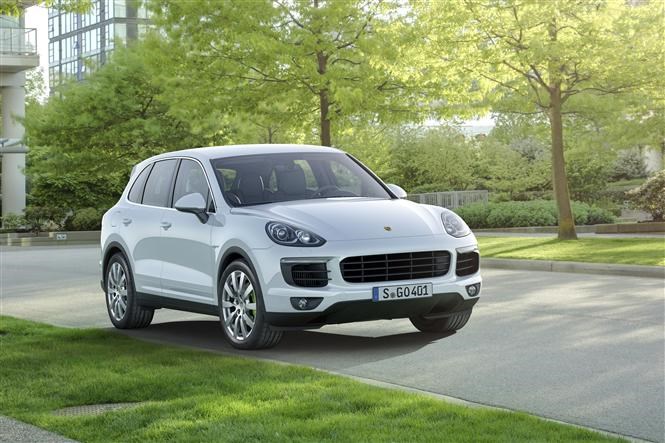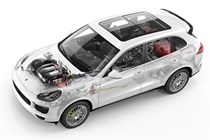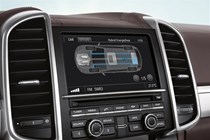Porsche. A name synonymous with sports cars, motor sport and luxury SUVs. And now it’s a name that might become a more familiar sight on company car choice lists, particularly for those in senior roles, thanks to the latest Cayenne S E-Hybrid.
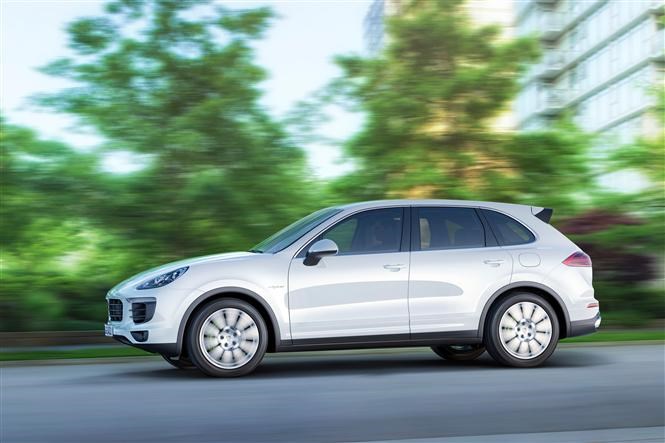
The company car, by Porsche
Yes, you read that right: a select few managing directors and others in high positions within business hierarchy could soon find themselves choosing a Porsche Cayenne as their next company car.
For a company car to be attractive and make financial sense, the Benefit in Kind (BIK) figure needs to be as low as possible. Because BIK’s directly linked to a car’s CO2 emissions, the cleaner a car is the lower the overall bill will be.
Porsche’s given the Cayenne S E-Hybrid the same £61,474 P11D value as the revised-for-2015 Cayenne S Diesel, but there the running cost similarities for company car drivers end.
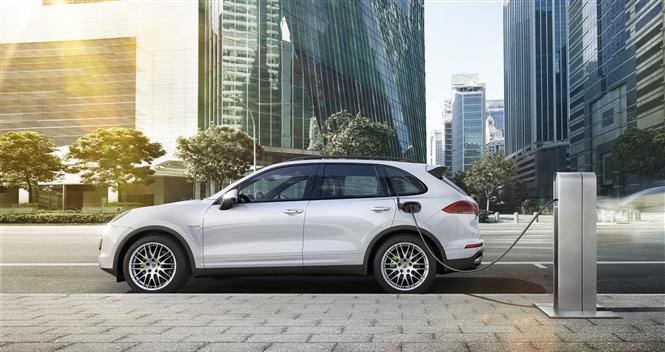
Diesel versus petrol-electric hybrid
Under the S Diesel’s bonnet is a bruising 4.2-litre twin-turbo motor which delivers an equally harsh blow to the environment, churning out 209g/km of CO2, or in company car driver terms, a BIK figure of 35 percent, which includes the current diesel fuel surcharge of three percent.
Compare that to the S E-Hybrid: out goes the large diesel engine and in its place a smaller, 3-litre supercharged petrol power plant, running in conjunction with an electric motor. The Cayenne S E-Hybrid’s batteries can be charged while driving or, for greater efficiency, from a mains electrical lead, permitting up to 22 miles of electric-only driving.
The result of all this petrol-electric wizardry is that CO2 emissions drop to a scarcely believable 79g/km resulting in a BIK figure of just 11 percent.
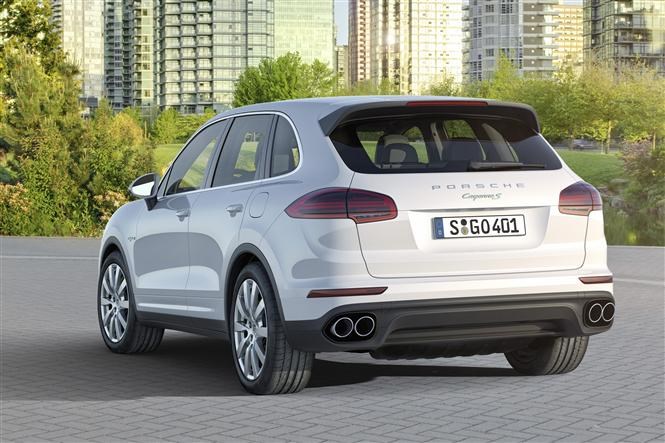
The bottom line
Fleshing those figures out further reveals just how stark the difference is. The S Diesel’s BIK figure results in an annual tax bill of £8,606, while the S E-Hybrid’s lower score means a decimated bill of £2,705.
Assuming you’re on the higher 40 percent tax rate, as most Porsche customers would be in senior managerial roles, that means a hefty monthly cost of £717 for those considering the S Diesel, yet a very reasonable £225 for those persuaded by the S E-Hybrid’s credentials.
There’s a caveat though and that’s regarding the Cayenne S E-Hybrid’s real world fuel consumption. From the official test, Porsche claims an average of 83mpg and yes, you could realistically see an overall figure of this nature, if not better, if you primarily drive in cities.
Venture further afield, and with the engine in E-Charge mode to replenish the battery’s reserves and you’ll be looking at numbers in the mid to high 20mpgs. You’d have to push the S Diesel very hard indeed over long periods of time to get much below the low 30mpgs. Something to keep in mind if you’re picking up the fuel bill.
To read the road test of the new Porsche Cayenne S E-Hybrid click here.



